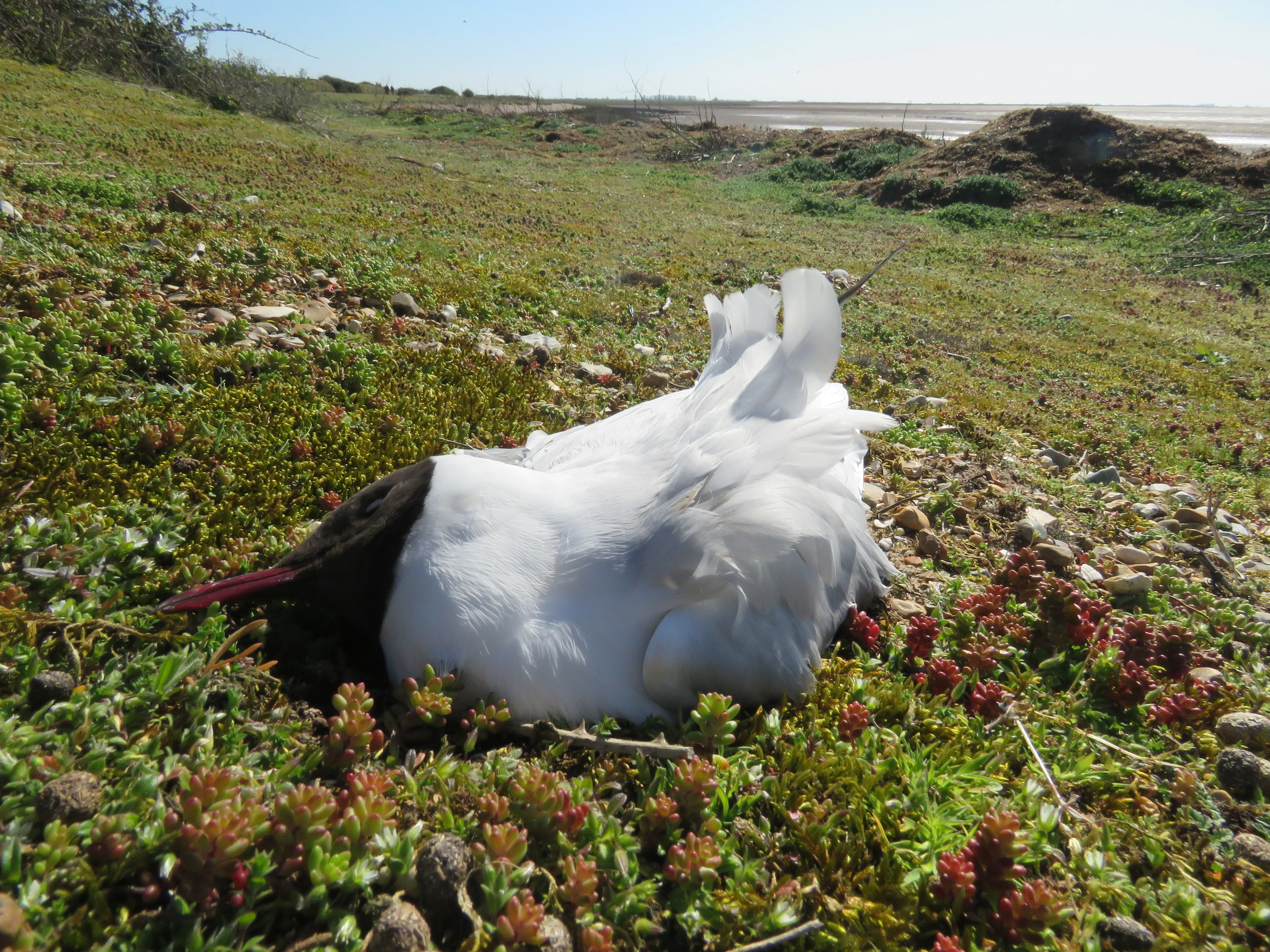Citation

Abstract
Capsule
Analyses of ring recovery data can relatively rapidly detect excessive mortality in wild bird populations, including that arising from outbreaks of high pathogenicity avian influenza (HPAI).
Aims
Wild bird populations in the United Kingdom and Republic of Ireland were significantly impacted by HPAI between 2021 and 2023, causing mass mortality particularly among seabirds and waterbirds. We assessed whether reporting of dead ringed birds (‘recoveries’) provided a rapid way of assessing population impacts of HPAI across multiple species.
Methods
We quantified ring recoveries from 58 bird species found dead between October 2021 and March 2023, coinciding with an HPAI outbreak in the United Kingdom and Republic of Ireland. To detect and quantify unusual mortalities, we compared these recoveries to baseline recovery trends from 2010/11 to 2020/21, preceding the HPAI outbreak, calculated using generalized linear models and 95% prediction intervals to project the expected upper and lower bounds of recovery numbers into 2021/22 and 2022/23. If observed recoveries exceeded prediction intervals, a species was identified as experiencing excess mortality. Population proportions of impacted species likely to have died during 2021/22 and 2022/23 were estimated from adult survival estimates and ring recovery analysis.
Results
Of 53 species investigated, excessive ring recoveries were detected in 14 species: one raptor, eight seabirds and five waterbirds. Striking increases in ring recoveries were displayed by seabirds, aligning with HPAI monitoring via other methods. Mortality estimates varied between species, potentially dependent on biases in ringing effort or detectability.
Conclusion
Ring recovery data can rapidly indicate excessive mortality occurring within a population and rapidly estimate annual mortality rates to aid, in this case, quantification of the impact of HPAI on bird populations. Meaningful estimates of excess mortality are most likely where the distribution of ringed birds and search effort are evenly spread across populations.
The authors are enormously grateful for the efforts of the licensed bird ringers, who invest a huge amount of time, effort and funding each year to ensure that the monitoring aims of the British and Irish Ringing Scheme are met. They are also grateful to the general public for reporting ring recoveries. Analysis was funded by the BTO, particularly through generous donations by members and supporters to the BTO’s Avian Influenza Appeal. The British and Irish Ringing Scheme is supported by a partnership between BTO, JNCC and the ringers themselves. Special thanks also to the Channel Islands Bird Ringing Scheme.






